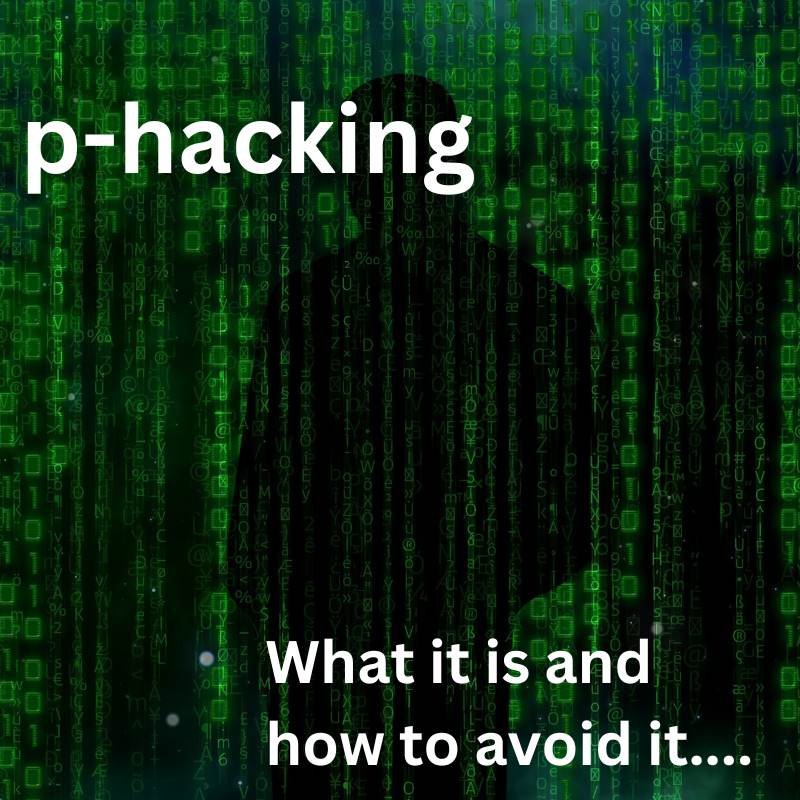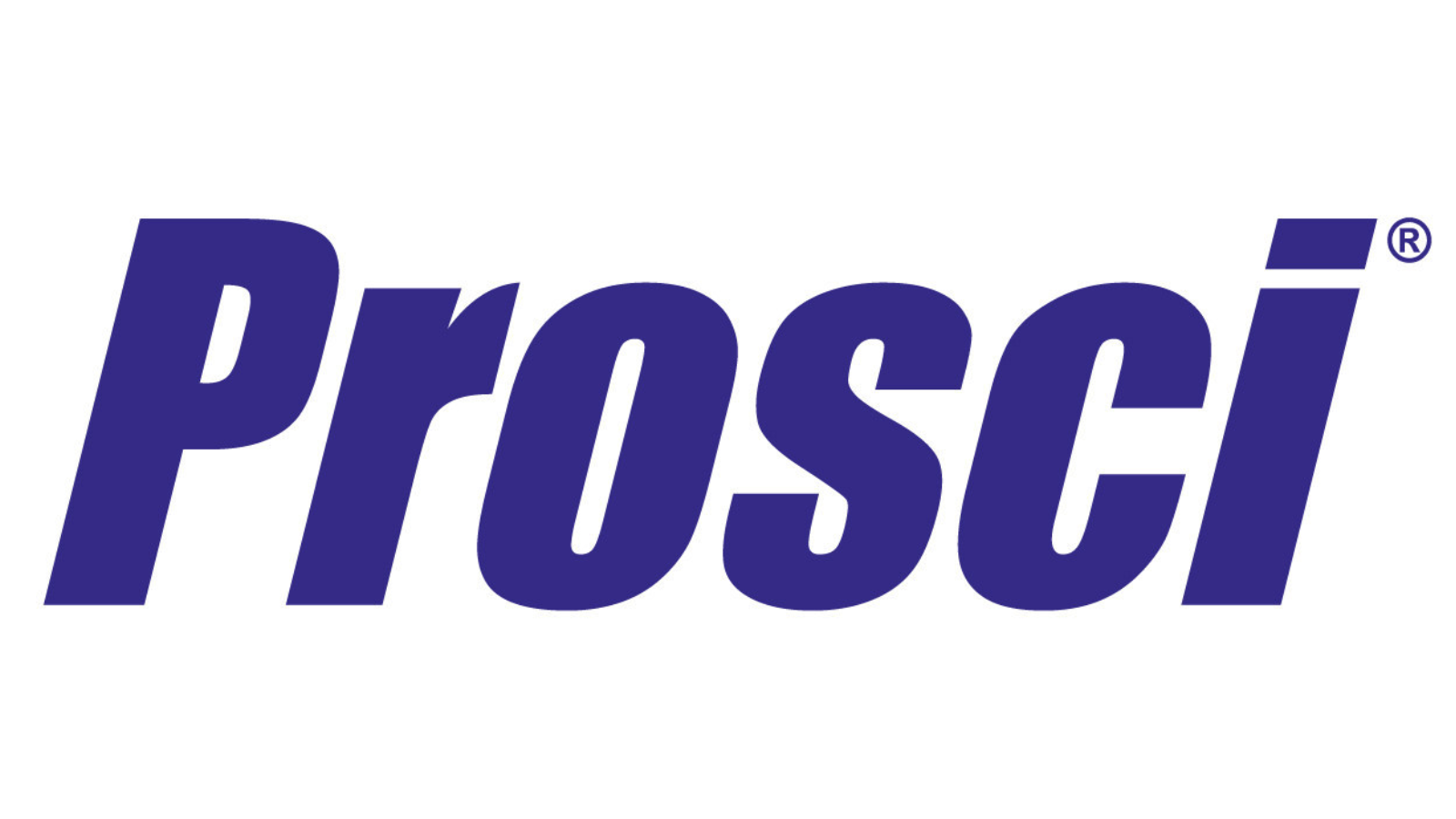P-hacking, also known as data dredging or cherry-picking, is a method of manipulating data to produce statistically significant results, even when there is no real effect. In other words, it’s the practice of selectively choosing which data to analyze to find a desired outcome. P-hacking is a prevalent issue in research and can result in false conclusions, which can have serious consequences, especially in fields such as medicine and psychology. In this article, we will discuss what p-hacking is, how to identify it, and most importantly, how to avoid it.
What Is P-Hacking?
P-hacking is a technique used by researchers to obtain statistically significant results by manipulating data. Researchers often use statistical significance to determine whether an effect observed in a study is real or simply due to chance. Statistical significance is determined by the p-value, which represents the probability that the observed effect is due to chance. In general, a p-value of less than 0.05 is considered statistically significant, meaning there is a less than 5% chance that the observed effect is due to chance.
P-hacking involves testing multiple hypotheses and selecting only those with significant results, while ignoring those that are not significant. Researchers may also use other tactics, such as removing outliers, changing the dependent variable, or adjusting the sample size to obtain the desired results. By selectively analyzing data in this way, researchers can manipulate the p-value to make it appear statistically significant, even when the effect is not real.
Why Is P-Hacking A Problem?
P-hacking is a problem because it can lead to false conclusions. When researchers manipulate data to obtain statistically significant results, they may draw incorrect conclusions about the relationship between variables. For example, in medical research, p-hacking can lead to the approval of drugs or treatments that are ineffective or even harmful. In psychology research, p-hacking can lead to false claims about the efficacy of a particular therapy or treatment. In both cases, the consequences can be severe, and the public’s trust in science can be damaged.
How To Identify P-Hacking?
P-hacking can be difficult to identify, but there are several signs that may indicate that it has occurred. One sign is a high number of statistical tests performed without a clear hypothesis or rationale. Another sign is a low p-value, especially when the sample size is small. A p-value of less than 0.05 is not always indicative of p-hacking, but it should be considered a red flag, especially if it is the only significant result reported. Additionally, if the results are not consistent with previous research or if the effect size is unusually large, it may be a sign of p-hacking.
How To Avoid P-Hacking?
There are several steps that researchers can take to avoid p-hacking. First, researchers should develop a clear hypothesis or research question before collecting data. This can help to prevent fishing expeditions, where researchers search for significant results without a clear direction. Second, researchers should pre-register their study design and analysis plan, including the statistical tests that will be used. This can help to prevent post-hoc analyses that are designed to produce significant results. Third, researchers should be transparent about their data analysis, including reporting all results, even those that are not statistically significant. This can help to prevent selective reporting, where only significant results are reported.









